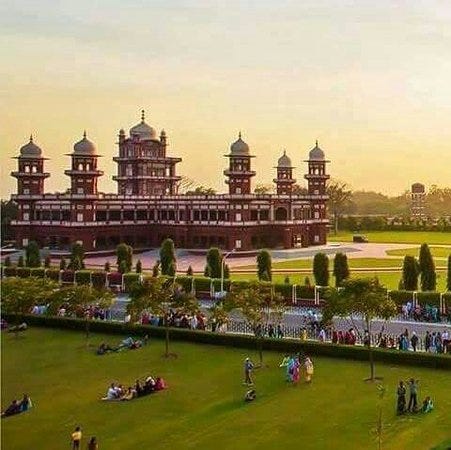

Bulleh Shah's verses have been an inspiration to painters as well, as in the two series of paintings ( Jogia Dhoop and Shah Shabad) by an Indian painter Geeta Vadhera inspired by the poetry of Bulleh Shah and other Sufi poets and saints.

Īlso in 2016, a collaboration between two EDM artists ( Headhunterz and Skytech) named "Kundalini" used words created by Bulleh Shah, as well as having the words Bulleh Shah in the lyrics. Other qawwali songs by Bulleh Shah, include " Sade Vehre Aya Kar" and " Mera Piya Ghar Aaya". Dama Dam Mast Qalandar, a qawwali composed in honour of Shahbaz Qalandar, has been one of Bulleh Shah's most popular poems and has been frequently rendered by many Indian, Pakistani and Bangladeshi singers including Noor Jehan, Ustad Nusrat Fateh Ali Khan, Abida Parveen, Sabri Brothers, Wadali brothers, Reshman and Runa Laila. Another version was performed by Lakhwinder Wadali and entitled "Bullah". The Wadali Bandhu, a Punjabi Sufi group from India, have also released a version of "Bullah Ki Jaana" in their album Aa Mil Yaar. In 2004, Indian musician Rabbi Shergill turned the abstruse metaphysical poem "Bullah Ki Jaana" into a rock/fusion song in his debut album Rabbi the song was a chart-topper in 2005, helping the album to eventually sell over 10,000 copies and became immensely popular in India and Pakistan. In the 1990s, Junoon, a rock band from Pakistan, rendered his poems " Bullah Ki Jaana" and "Aleph" ("Ilmon Bas Kareen O Yaar"). Many people have put his Kafis to music, from humble street-singers to renowned Sufi singers like Nusrat Fateh Ali Khan, Fareed Ayaz, Pathanay Khan, Abida Parveen, the Waddali Brothers and Sain Zahoor, from the synthesised techno qawwali remixes of UK-based Asian artists to the Pakistani rock band Junoon. The verse form Bulleh Shah primarily employed is the Kafi, popular in Punjabi and Sindhi poetry. īulleh Shah practised the Sufi tradition of Punjabi poetry established by poets like Shah Hussain (1538–1599), Sultan Bahu (1629–1691), and Shah Sharaf (1640–1724). Amongst Urdu poets, Bulleh Shah lived 400 miles away from Mir Taqi Mir (1723–1810) of Delhi.

His lifespan also overlapped with the Punjabi poet Waris Shah (1722–1799), of Heer Ranjha fame, and the Sindhi Sufi poet Abdul Wahab (1739–1829), better known by his pen name Sachal Sarmast. The ceiling of shrine is decorated with the verses of Bulleh Shah in elegant calligraphy.īulleh Shah lived after the Pashto Sufi poet and saint Rahman Baba (1632–1706) and lived in the same period as Sindhi Sufi poet Shah Abdul Latif Bhittai (1689–1752). There is a clean and very huge veranda which leads to the Tomb of Baba Bulleh Shah as you enter the shrine. He was buried in Kasur when he died in 1757. His funeral prayer was led by Qazi Hafiz Syed Zahid Hamdani, a great religious personality of Kasur.

He was declared non-Muslim by a few literalist " Mullah" of Kasur and they had claimed it was prohibited to offer the funeral prayer of Bulleh Shah. He was buried in Kasur, and a dargah was built over his grave. After his early education, he went to Lahore where he met Inayat Arian, and became his disciple. He was born in 1680 in Uch, Mughal Empire (present day Punjab, Pakistan).


 0 kommentar(er)
0 kommentar(er)
